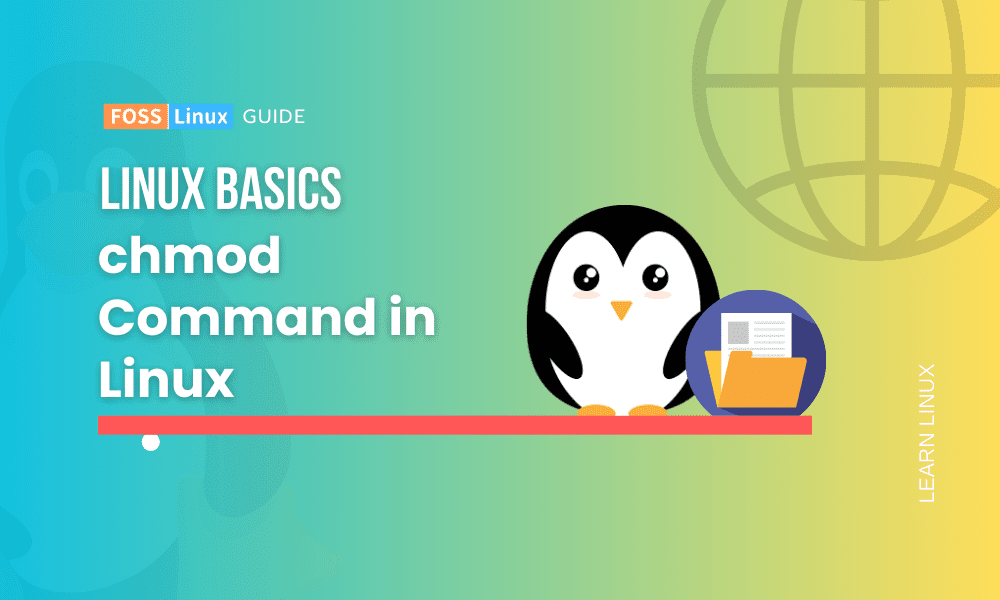

A s someone who loves tinkering with system settings, one command that I find particularly essential is chmod . This command is a fundamental part of managing file permissions in Linux, and it’s a tool every Linux user should master. Understanding chmod can greatly enhance your control over your files and directories, and in this article, my goal is to explain about the effective usage of this command using examples.
Linux, like other Unix-based systems, uses a permission system to control who can read, write, or execute a file. Each file and directory has a set of permissions divided into three categories: owner, group, and others. These permissions are represented as a series of letters when you list files using ls -l :
-rwxr-xr--
Here’s what each part means:
The chmod command allows you to change these permissions. The syntax is straightforward:
chmod [options] mode file
One way to specify permissions with chmod is using symbolic mode. In symbolic mode, you use letters to represent who you’re changing permissions for and what permissions you’re changing.
Here’s a breakdown:
You can add ( + ), remove ( - ), or set ( = ) permissions.
chmod u+x filename
chmod g-w filename
chmod o=rw filename
Another way to set permissions is using numeric mode. Numeric mode is a bit more efficient once you get the hang of it. Permissions are represented by a three-digit octal number, with each digit representing different permissions.
These numbers are combined to form the permission set. For instance, 7 (4+2+1) means read, write, and execute.
chmod 744 filename
chmod 755 filename
chmod 664 filename
If you want to change the permissions of a directory and all its contents, you can use the -R (recursive) option. This is particularly handy when you’re setting up a new project and need to apply the same permissions to a bunch of files and subdirectories.
chmod -R 755 /path/to/directory
Let’s say you have a directory called my_project with a script inside it called run.sh . You want to ensure that you have full control over the directory and its contents, the group can read and execute files, and others can only read them.
ls -l my_projectOutput might look like this:
drwxr-xr-x 2 user user 4096 Aug 7 12:34 my_project -rw-r--r-- 1 user user 45 Aug 7 12:34 run.sh
chmod u+x my_project/run.shCheck the permissions again:
ls -l my_project
-rwxr--r-- 1 user user 45 Aug 7 12:34 run.sh
chmod -R 755 my_project
Personally, I find chmod to be an indispensable tool. It provides a granular level of control over file permissions, which is crucial for maintaining system security and functionality. However, one must use it with caution. Incorrect permissions can either lock you out of your files or expose sensitive information to unauthorized users. I dislike when permissions are misconfigured, as it often leads to frustrating troubleshooting sessions.
In conclusion, learning chmod is a vital skill for any Linux user. With practice, you’ll find it becomes second nature.